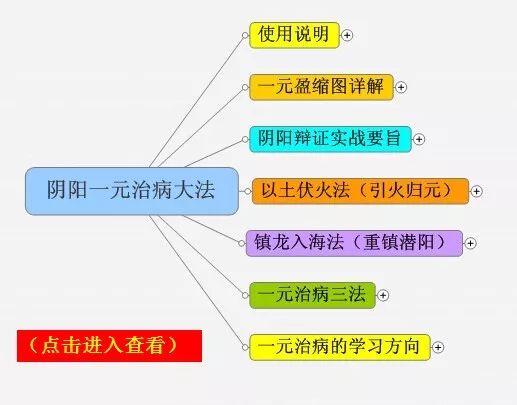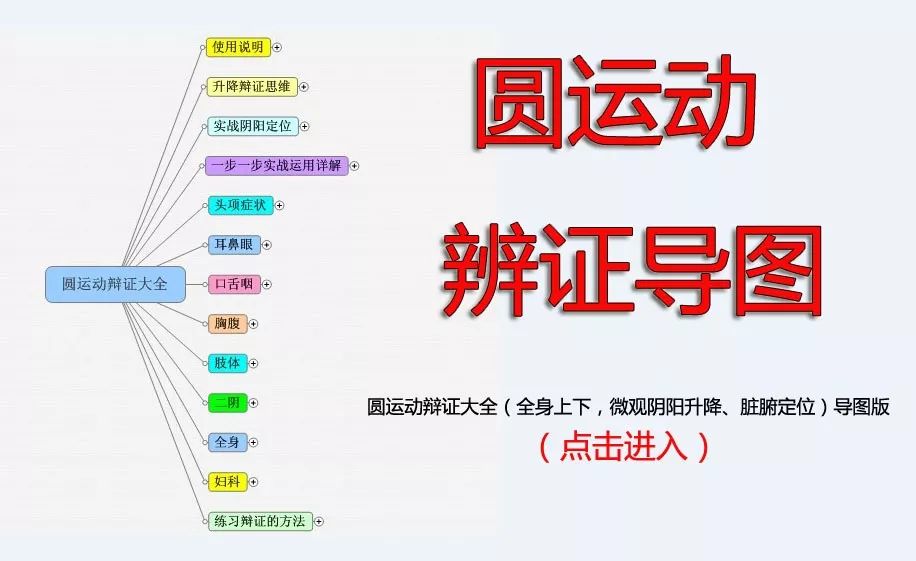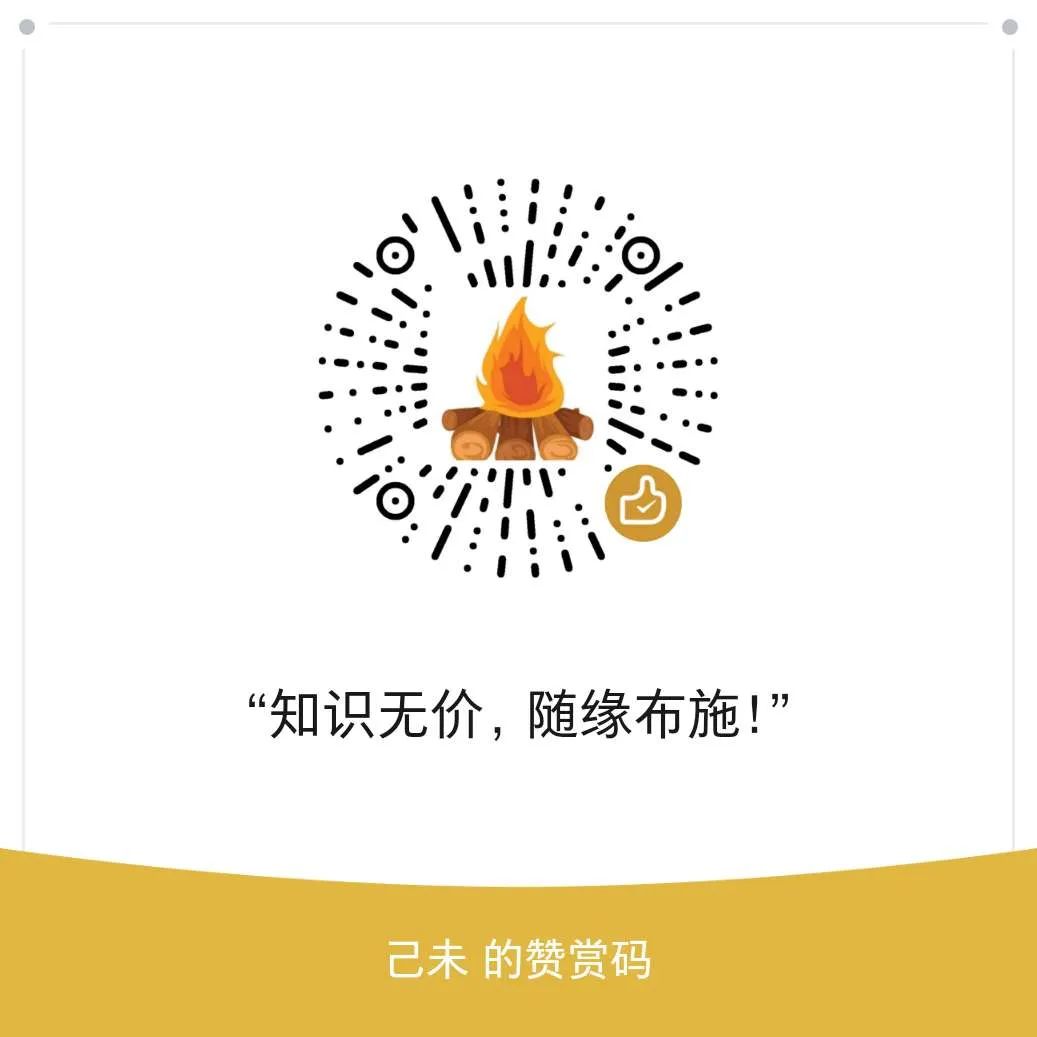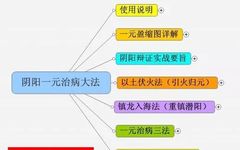


Identifying All Forms of Yang Deficiency
In individuals with Yang deficiency, Yin energy is naturally abundant (the term Yin refers to excess water, which is blood. When blood is abundant, Qi is weak, leading to Yang deficiency). Although there may be manifestations of all types of fire symptoms externally (this fire is termed “deficient fire,” distinct from “excess fire.” Excess fire arises from external pathogens entering the Yang channels, often due to stagnation. Deficient fire occurs when Yin energy rises excessively; Yin refers to water, and Qi refers to the innate Yang within water, hence the term deficient fire. Water flows downward smoothly, while rising is contrary; this is due to the insufficient strength of the ruling fire, which cannot contain it, leading to illness), it is essential to differentiate these conditions accurately. Yang deficiency symptoms include a pale complexion, bluish lips, fatigue, low voice, shortness of breath, reluctance to speak, a heavy body, sensitivity to cold, expectoration of clear fluid, lack of appetite, a tongue that is bluish and slippery, or black and moist, pale yellow and smooth, excessive salivation, and a disinterest in drinking water, preferring hot soup instead. Bowel movements are frequent, and the pulse is floating, weak, and fine. There may be spontaneous sweating, cold extremities, bluish nails, abdominal pain, and various other symptoms, all of which are true manifestations of Yang deficiency.
When using herbs, one should support Yang and suppress Yin (supporting Yang includes the upper, middle, and lower aspects, such as Gui Zhi (Cinnamon Twig), Ren Shen (Ginseng), and Huang Qi (Astragalus) for supporting upper Yang; Jiang (Ginger), Cao Guo (Tsaoko Cardamom), and Xi Sha (Sand Ginger) for supporting middle Yang; Tian Xiong (Huangqi), Fu Zi (Aconite), and Liu Huang (Sulfur) for supporting lower Yang). However, there are also conditions resembling excess fire that must be addressed. Yang deficiency symptoms may present with a red face resembling excess fire (indicating the externalization of Yuan Yang), a pulse that is extremely large and firm (indicating the violent loss of Yuan Yang), or a body that feels very hot (this can be due to three reasons: one is the externalization of Yuan Yang, where the body does not feel pain or thirst, and there are no external pathogens; the second is postpartum blood loss leading to Yang deficiency; the third is vomiting blood damaging Yin, causing Yuan Qi to externalize). There may also be bleeding from the gums (indicating that Yang Qi is insufficient to control blood, leading to excessive blood), shortness of breath, cough with phlegm (the lungs are the organ of clear deficiency, unable to tolerate any Yin energy; if the heart and lung Yang is insufficient, it cannot control the rising Yin energy. Yin energy refers to kidney water and kidney fire, indicating internal injury), and difficulty with urination (indicating that Yang is insufficient to transform Yin). This section briefly outlines a few symptoms; further exploration of Yang deficiency through questions and answers will provide clarity.
【Explanation】 Zheng states at the beginning of this book: “In medicine, it is not difficult to use herbs, but it is difficult to recognize symptoms; it is also not difficult to recognize symptoms, but it is difficult to understand Yin and Yang.” He also mentions: “Chen Xiuyuan’s medical texts, thirteen in total, draw from the ancient and apply to the present, with profound discussions and shallow annotations, capturing the subtleties of Zhang Zhongjing’s work, and are quite enlightening. Among them, the division of Yin and Yang is based on solid evidence, and the lively application of herbs is sometimes briefly mentioned but not detailed.” Therefore, he wrote the two works “Medical Principles True Transmission” and “Medical Methods Roundabout.” In discussing the symptoms of Yang deficiency and Yin deficiency, he elaborates on the principles and methods of using herbs, detailing dozens of points to clarify the painstaking efforts of Zhang Zhongjing in establishing methods and prescriptions, which also serves to supplement the shortcomings of Xiuyuan. Thus, his identification of all forms of Yin deficiency and Yang deficiency is a culmination of the achievements of predecessors, combined with his decades of clinical experience, making it comprehensive and practical for application. The Yang deficiency symptoms presented in this section have been verified through years of clinical practice, and I am confident in their authenticity. For any of these symptoms, using herbs to support Yang and suppress Yin with adjustments will yield effective results. Any fire symptoms without these identifiable Yang deficiency symptoms are considered excess fire. However, there are also Yang deficiency symptoms that resemble excess fire, such as the red face mentioned by Zheng; although they may exhibit all signs of fire externally, they should not be mistaken for excess fire and must be carefully differentiated. As long as there are identifiable Yang deficiency symptoms, one should still use herbs to support Yang and suppress Yin for treatment.
Zheng states: Tian Xiong, Fu Zi, and Liu Huang support lower Yang and have specific characteristics. Li Shizhen’s “Compendium of Materia Medica” states that Wu (Black), Fu (Aconite), and Tian Xiong are all herbs that supplement the lower jiao (lower burner) Yang deficiency, as they are of the same species but different names, sharing spicy and hot properties and being toxic, requiring preparation before use. They are indeed essential herbs for treating lower jiao Yang deficiency. Liu Huang is also extremely hot and pure Yang, capable of supplementing the true fire of the Mingmen (Gate of Life). Long Huitang’s “Chun Zi Yi” also states: “Liu Huang is originally the essence of fire, capable of clearing all damp heat.” However, due to its sour and toxic nature, it is generally used sparingly for internal use. Zhang Yanchun is known for its effective use, stating in his work “Medical Records of the East and West”: “For over ten years, I have used raw Liu Huang to cure countless cases of chronic cold and damp diseases. Liu Huang is originally non-toxic; its toxicity is its heat, so taking a small amount will not feel hot and will not harm the person at all, thus it can be taken without preparation and even used regularly. Moreover, throughout history, those who have discussed Liu Huang have all stated that its efficacy surpasses Gui (Cinnamon) and Fu (Aconite). The direct use of raw Liu Huang is a foolish notion, and it is based on my gradual experimentation that I have confirmed its remarkable and stable efficacy, thus I dare to use it for treatment. Currently, there are hundreds of people in the city taking raw Liu Huang daily, all of whom have increased their appetite and improved their health, and I have foolishly guided them in this regard.” I also frequently use Liu Huang to treat patients; for any symptoms of diminished Mingmen fire and chronic cold, it is particularly effective, but I do not use it raw; it must be prepared before being used in decoctions or pills. The method is to hollow out a radish, place Liu Huang inside, seal it, and boil it for two hours to remove the odor; or it can be boiled with tofu for two hours as well. A patient, Liu XX, who could not eat and vomited all water, was diagnosed with cardia cancer and required surgical removal. I diagnosed it as a case of choking disease with obvious Yang deficiency symptoms and diminished Mingmen fire, thus I used a modified version of Fu Zi Li Zhong Tang (Aconite Decoction) with 20 to 30 grams of Liu Huang, and after three months of treatment, he was completely cured, and it has been five years without recurrence, which proves the efficacy of Liu Huang and its potential for broader application.


As for the bleeding from the gums, Zheng mentions that it is due to Yang deficiency being unable to control blood, leading to excessive blood. I often apply the principle that “teeth belong to the kidneys” and use Si Ni Tang (Four Reversal Decoction) with added Gui (Cinnamon) to treat such symptoms, achieving significant results. For those with shortness of breath, cough with phlegm, Zheng indicates that it is due to insufficient heart and lung Yang, thus unable to control the rising kidney water and fire, which is indeed a statement based on experience. For treating such conditions, as long as the expectorated phlegm is white and foamy or salivary, slightly salty, with shortness of breath and chills, I use Fu Zi Li Zhong Tang with Sha Ren (Cardamom) and it is always effective.
Regarding constipation, resembling sheep droppings, it is generally thought to be due to excess fire; Zheng points out that it is due to Yang not transforming Yin, which is also a form of Yin stagnation. I follow his principle and use Fu Zi Li Zhong Tang combined with Ban Xia (Pinellia) pills with Rou Cong Rong (Cistanche), Ma Ren (Hemp Seed), and Xing Ren (Apricot Kernel) for effective results. Liu Huang is extremely hot in nature, capable of supplementing the true fire of the Mingmen, promoting Yang Qi to unblock the large intestine, and is also complemented by Ban Xia to descend turbidity. Thus, Ban Xia pills have long been a good remedy for treating Yin stagnation.
Identifying All Forms of Yin Deficiency
In individuals with Yin deficiency, Yang energy is naturally abundant (the term Yang refers to excess fire. Excess fire leads to water depletion, which is the cause of Yin deficiency). Although there may be manifestations of all types of Yin symptoms, resembling Yang deficiency, it is essential to differentiate these conditions accurately. Symptoms of Yin deficiency include a red complexion, bright lips, mental fatigue, wide-open eyes, insomnia, loud voice, foul breath, light body, aversion to heat, difficulty with urination, thirst for cold drinks, a tongue with dry yellow or black-yellow coating, and a complete lack of fluids, with prickly sensations in the mouth, irritability, or tidal fever with night sweats, dry cough without phlegm, and constant thirst. The six pulses are long, large, and strong, and various symptoms are true manifestations of Yin deficiency. When using herbs, one should nourish Yin to break Yang (nourishing Yin includes all six Yin aspects, as discussed in the section on the excess and deficiency of Qi, where excess Qi is a segment of fire; the methods of preserving Yin, rescuing Yin, transforming Yin, and nurturing Yin are all included, and careful consideration will reveal the path of Yin deficiency). However, there are also symptoms resembling Yang deficiency, with several distinguishing features. Symptoms of Yin deficiency may present with a pulse that is hidden and not palpable, or fine as a thread, while extreme Yang deficiency (extreme heat leads to a hidden pulse) will have identifiable symptoms. There may be cold extremities resembling ice, while extreme Yang deficiency (pathogenic heat hidden internally, and Yang Qi not reaching the extremities) will also have identifiable symptoms. There may be sudden vomiting and diarrhea, profuse sweating resembling Yang collapse (this indicates heat hidden internally, forcing vomiting and diarrhea), and identifiable symptoms. There may be an inability to speak, resembling Qi depletion (heat phlegm rising and obstructing), with identifiable symptoms. This section only briefly outlines a few symptoms; further exploration of Yin deficiency through questions and answers will provide clarity.
It is noted that Yin deficiency symptoms are all due to excess fire (fire is Qi), and excess fire damages blood, which is an unchanging principle throughout the ages. Later scholars have focused solely on fire, obscuring the true nature of Yin deficiency. Zhang Zhongjing’s methods of preserving Yin, transforming Yin, nurturing Yin, and rescuing Yin have all been neglected, and no one recognizes them today, hence this special emphasis.
【Explanation】 Individuals with Yin deficiency have excess Qi, leading to excess fire, thus often experiencing water depletion and blood deficiency. Their symptoms often contrast with those of Yang deficiency. Individuals with Yang deficiency have insufficient Qi to control blood, leading to sluggish blood flow and often lower body temperature. Individuals with Yin deficiency have water depletion and excess fire, thus their body temperature is often higher and they exhibit various fever phenomena. In clinical practice, whenever Yin deficiency symptoms are identified, herbs should be used to nourish Yin and suppress Yang. Although there may be external manifestations of Yin symptoms resembling Yang deficiency, as Zheng mentioned in several cases, as long as there are various symptoms of Yin deficiency, treatment should still follow the principles of Yin deficiency. These two sections outline the key points for differentiating between Yang deficiency and Yin deficiency; subsequent volumes will contain dozens of questions and answers, providing detailed discussions and repeated clarifications for practical use.
Recommended Books for Purchase:
(Disclaimer: This article is reproduced from the internet, and the copyright belongs to the original author. If there is any infringement, please contact us for deletion!)
Further Reading of Original Articles:
Supplementary Chapter on COVID-19: The Five Battlefields and Five Treatment Methods in the War Against Viruses!—> Click to Read
Very Important: The Pathogenesis, Differentiation, and Treatment Methods of XG Pneumonia! (Essential Reading)—> Click to Read
The Six Meridians and Six Major Disease Locations—The Three Yin Cold Evil Disease Locations! (Understanding the Last Article on Cold Damage)—> Click to Read
The Six Meridians and Six Major Disease Locations—The Shaoyang Meridian Disease Location! (A Small Chaihu Decoction Conquers All)—> Click to Read
The Six Meridians and Six Major Disease Locations—The Yangming Meridian Disease Location! (Crucial for Treating Damp Heat)—> Click to Read
The Six Meridians and Six Major Disease Locations—The Taiyang Meridian Disease Location! (This Article Clarifies the Taiyang Meridian)—> Click to Read
The Six Meridians and Six Layers of Yuan Qi Recovery Power! (Complete Explanation of Self-Healing Energy)—> Click to Read
Comprehensive Explanation of Cervical Spondylosis! (Treatment Methods + Secret External Treatments)—> Click to Read
Comprehensive Explanation of Toothache! (Cold Damage Thinking, Pathogenesis Differentiation, and Herbal Symbolism)—> Click to ReadComprehensive Explanation of Insomnia! (Pathogenesis Differentiation + Core Ideas for Stabilizing Hidden Yang)—> Click to ReadComprehensive Explanation of Fever! (Pathogenesis Differentiation in Cold Damage, Internal and External Treatment Methods)—> Click to Read
Comprehensive Explanation of Headache! (Learning the Essentials of Differentiation)—> Click to Read
For more exclusive TCM secrets, scan the QR code below to follow our public account:

TCM Internal Treatment Course:
“Simplified Classical Formulas Online Class” one-on-one, from differentiation to the use of classical formulas, fully imparted!!!(Click to Enter)
TCM External Treatment Course:
“Hands-On TCM” can treat diseases without any prior knowledge!!! (One-on-one teaching)(Click to Enter)
TCM Learning Mind Map Series:
“Embedding Six Meridian Differentiation”—-Embedding Six Meridian Differentiation into Your Brain” electronic version mind map(Click to Enter)
Self-Learning TCM Self-Treatment Integrated Mind Map Set(Click to Enter)
Yin-Yang Unified Treatment Method (Returning Complex TCM to the Unified Path)(Click to Enter)
Comprehensive Dialectical Compilation of Circular Motion (All over the body, microcosmic Yin-Yang rise and fall, organ positioning) mind map version(Click to Enter)
If this article has helped you
Please scan to donate,as you wish






